Acupuncture, Chinese Herbal Medicine and Trauma
For over 5000 years Acupuncture and Chinese Medicine has been a proven effective treatment for virtually all ailments. Just recently Western cultures are awakening to the idea of this traditional method of treatment. It’s been extensively used for athletes, warriors, soldiers, and kung fu masters of the past. In TCM (Traditional Chinese Medicine) we look for patterns of illness rather than treating every injury the same. Each trauma has its own story behind it and TCM investigates symptom-based patterns to decipher the root and cause of each specific acute and chronic conditions. This was the “sports medicine” of the past and even now treating so many conditions at Squamish Integrated Health, not much has changed from the ancient ways of addressing these problems. In fact, currently sports medicine is one area in which Chinese medicine is particularly effective.
Since arriving in Squamish I have had many patients coming through the clinic door with injuries of contusions, sprains, and broken bones. This all occludes to the abundance of high level activities found in this area. It doesn’t surprise me, and in fact, it excites me because Acupuncture and Chinese medicine can do SO much for these athletes. Where conventional medicine may ask you to take an anti-inflammatory, rest, ice, and so on, with TCM we can begin treatment immediately – even if the injury is inaccessible due to a cast or splint, and an abundance of swelling. (On a side note I want to point out that when trauma occurs it’s important to seek western medical attention before seeking complimentary treatments. I would love to be your first line of care, but please head to the hospital or your doctor if you require treatment.)
No matter what the trauma looks like to you, in Chinese medicine there are many internal and external herbal remedies that can be taken and endless amounts of treatment using acupuncture, cupping, and moxibustion. With Eastern medicine, treatment is customized. The same formula and acupuncture points aren’t dispensed to everyone with a similar injury. We address each patient as a different individual where no one body is the same. In addition, each stage of healing is treated completely different. Initially we would prescribe herbs and use (acupuncture) points to help quicken the blood, dispel stasis, move qi, stop pain, and dissipate swelling. In the second stage of healing (again, a timeline for this is completely dependent on the individual’s healing abilities and the type of trauma) we want to support the Kidneys and strengthen the bones and tissues, and in the late stage of healing we want to boost qi and blood and soothe the sinews.
Where would we put the needles?
Treatment is administered depending on the trauma, the location of the trauma, and the person. Acupuncture points function to heal injuries anywhere. Needling locally to the trauma creates an immune response in that area: sending blood to stimulate healing to that area. If the area is too swollen or inaccessible, we can treat other areas of the body that can help the injured part without irritating the wound. Acupuncture uses the mirror image of a joint or area. For example,if you recently broke your right ankle and it’s too fresh and too swollen to needle or if it has a cast on it, TCM can treat your left ankle instead and it will have a profound affect on the injured right ankle. OR if you injured your right knee, I can treat your right elbow. I would search for and needle tender spots on your elbow – mirroring where the tender spots would be on the knee. If I can’t find any tender spots on your right elbow, I will head to your LEFT elbow – complete opposite of your knee – and do the same. This is one method of treatment where acupuncture shines by acknowledging the internal energetic pathways.
On top of that we need to address the complete meridian and fascial chain that the injury is involved in. (A meridian is a longitudinal vessel of “qi” that runs throughout the body, and fascia is the sausage covering around muscles that groups certain muscles together) An example is that for an inversion ankle sprain, we want to be addressing the gallbladder meridian and should do several points along the related pathway to flush out stagnate qi and blood and keep qi flowing smoothly. As well, from a more western point, we would want to address the IT band, TFL, gluteus and potentially even into the lower back amongst other muscles associated with that same fascia train. Even though the injury is way at the ankle, the stagnant qi in that area will block flow of energy throughout that meridian or the tension from the fascia in that area is going to be pulling chaotically down the fascial chain. If we don’t address the whole meridian or chain, the injury may be slow to heal or you may begin to develop compensation patterns somewhere else in the body.
Chinese medicine addresses the entire individual, inside and out. Indeed we have already discussed customizing what herbs and points we use depending on the injury, but treatment is based on addressing the patient as a whole. Their physical, mental, and spiritual states all have a place in their overall capacity to heal. Are they sleeping? Stressed? Anxious? Worried? How’s their digestion? How’s their personal and social life? These are all areas that MUST be addressed in order for the patient to heal fully. Your body will not heal well if you’re a stressed, anxious, insomniac! You need to be fully aligned in order for proper healing to occur.
Simply put, Acupuncture and Chinese medicine is incredible. After practicing for 7 years, what I see happen in front of my eyes while treating injuries still amazes me every day.
Book an appointment with Adrienne today.

